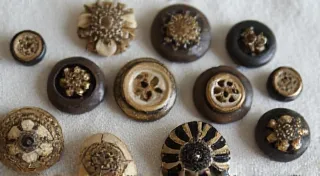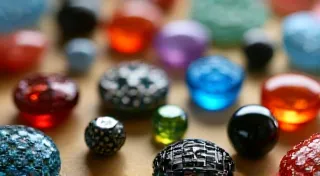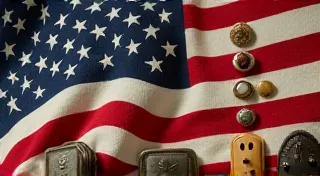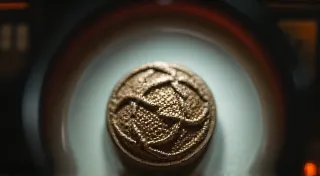Button Clasp Types: Identifying and Understanding Variations
Understanding button clasps is a crucial skill for any serious antique button collector. It’s not enough to simply appreciate their beauty or understand their historical context; knowing the type of clasp significantly impacts identification, value, and overall understanding of the button’s age and origin. This guide explores the common clasp types you'll encounter while collecting antique buttons.
The Shank Button: A Cornerstone of Button History
The shank button is arguably the most recognizable and prevalent type, particularly in the 19th and early 20th centuries. A shank is the short, usually vertical, projection on the back of the button that passes through the fabric to secure the button. Early shank buttons, particularly those from the Victorian era, often feature delicate, hand-formed shanks.
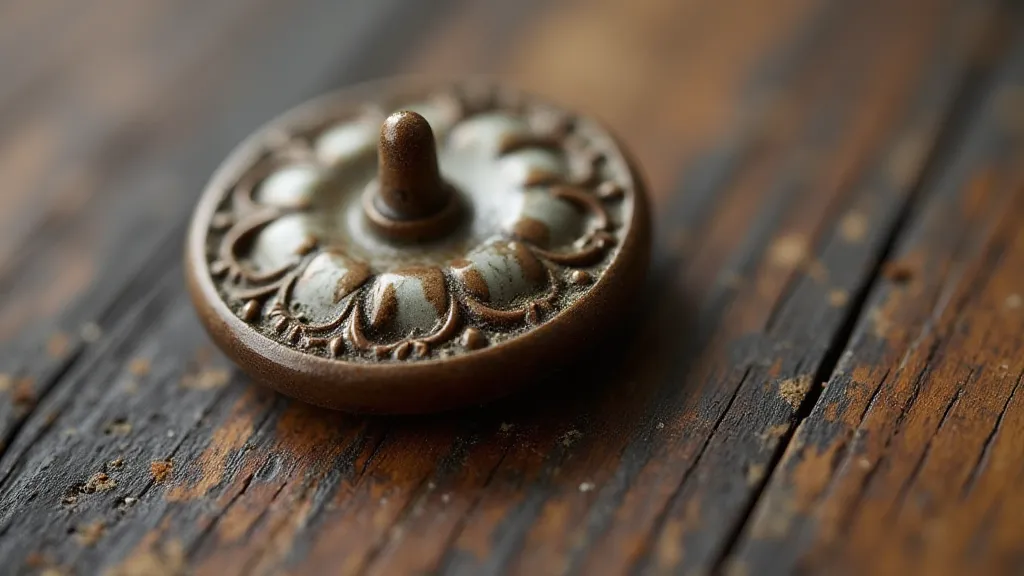
Evolution of the Shank: As manufacturing techniques improved, shanks became more consistently sized and often machine-formed. The design and material of the shank can give clues about the button’s age and manufacturing process. Some shanks are smooth, others are textured, and some have markings.
Flat Buttons: Simplicity and Early Manufacturing
Flat buttons represent some of the earliest forms of button construction. They lack a shank and are sewn directly to the fabric through small holes on the back. While simple in design, flat buttons often offer valuable insights into textile manufacturing and button styles of earlier periods, such as the 18th and early 19th centuries.
Challenges of Identification: Identifying flat buttons can be tricky as their age is often determined by the material (bone, horn, early plastics) and decorative motifs rather than clasp type. The condition of the holes is also important - wear and tear can suggest use and age.
Wire Clasp Buttons: A Unique and Often Overlooked Type
Wire clasp buttons, sometimes referred to as “split tail” or “loop” buttons, feature a wire loop extending from the back that is threaded through the fabric. These were most common during the mid-1800s and early 1900s, particularly on workwear and military uniforms.
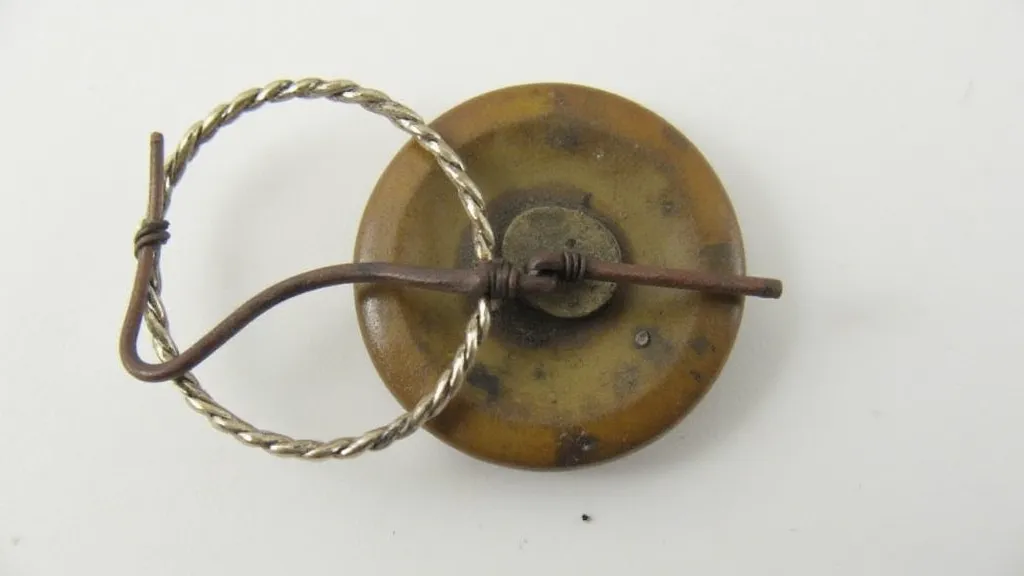
Identifying Features: The wire is typically made of steel or brass and can be straight or slightly curved. These buttons are often found on sturdy garments, reflecting their durable construction.
Eyelet Buttons: A Variation on the Flat Design
Eyelet buttons are a variation of flat buttons that feature a small metal eyelet instead of simple holes. The eyelet is usually attached to a disc-shaped base, and the fabric is passed through the eyelet to secure the button.
Rarity and Value: Eyelet buttons are generally less common than flat buttons with simple holes, and can be a valuable addition to a button collection.
Other Less Common Clasp Types
While the above are the most prevalent, other clasp variations exist. These include:
- Slide Clasp Buttons: Less common, these feature a sliding mechanism.
- Spring-Back Buttons: Typically found on coats and jackets, these buttons have a spring mechanism that allows them to snap onto a loop.
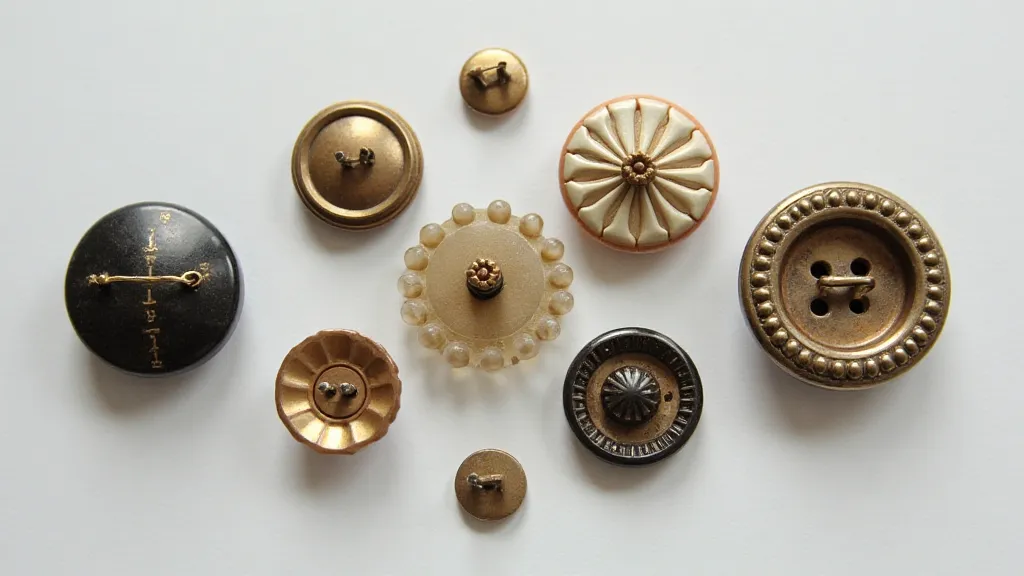
Collecting Tips - Examining the Clasp
When assessing an antique button, pay close attention to the clasp type. Consider these points:
- Material: The material of the clasp (steel, brass, iron) can provide clues about its age.
- Condition: Rust or deterioration on the clasp can affect its value.
- Design: The design of the clasp can sometimes be a stylistic indicator of the button’s origin or period.
By understanding the different clasp types and their characteristics, you can enhance your appreciation for antique buttons and become a more knowledgeable collector.

